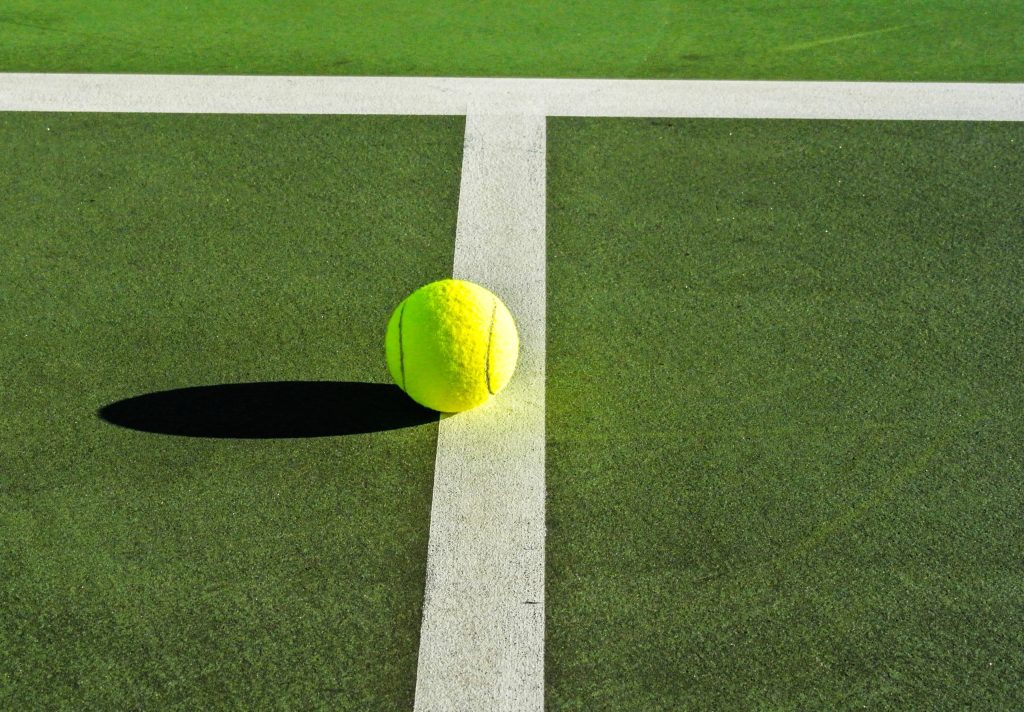
When it comes to protecting the logo, branding and packaging of your food and drink product, often people turn their immediate attention to trade marks, potentially overlooking valuable protection available through registered designs.
From industry icons, like the Coke bottle and Cadbury’s purple packaging, through to innovative new-comers, like letterbox-friendly wine bottles, the owners of these designs have all identified the value of registered design protection.
Registered designs protect the way a product looks, including logos, icons and patterns, and there is a great amount of flexibility in what can be covered. All, or part, of a three-dimensional article, such as the packaging or product itself, can be protected. This can include only the shape of the design or the combination of shape, patterns, colour and shading. A registered design provides exclusive rights to use and so is a valuable business asset, as well as a useful addition to your armoury when dealing with copycat or “me too” products.
Here we take a look at the role registered designs have to play in successfully establishing a strong food and drink product, and provide some tips for those considering registered designs to ensure that the right scope of protection is obtained.
1. How you can rely on a registered design where a trade mark does not apply
As Coca-Cola found out when they tried to trade mark the shape of their non-fluted bottle, it can be difficult to demonstrate that even the most iconic products possess the distinctive character needed to be recognizable as indicator of commercial origin and therefore registerable as a trade mark.
Registered designs have no such requirement and so protection can be readily obtained for new shapes of product or packaging, providing up to 25 years of exclusive use of the design.
Registered designs also do not need to be linked to a particular type of good or service like trade marks do, meaning a logo or brand element could be protected in any context using a registered design. This blanket monopoly protection can be incredibly useful in the early stages of growing a strong brand.
2. When you should consider multiple helpings of design protection
There are three fundamental ways that products can be depicted in registered designs: line drawings, coloured or shaded CAD images, and photographs. Each of these has a different impact on the scope of protection provided. Generally speaking, line drawings protect shape only, CAD images will be limited by the colour and shading depicted, while photographs include the most visual detail, and so introduce the most factors into determination of protective scope.
From the high-profile Trunki case, to the recently-reported decision on Shnuggles baby baths, time and time again we see design owners tripped up where they have not properly considered how the types representation they use will affect their resulting rights. Picking the right style of representation can be crucial and, in most cases, the right design strategy will involve a combination of different representation types in order to take advantages of the strengths of each. Fortunately, both the UKIPO and EUIPO offer reduced fees when protecting multiple designs in the same application and so you can take advantage of reduced costs when filing multiple designs.
3. Why colour photographs should not be overlooked for food and drink packaging
While it may seem that colour photograph representations have the narrowest scope, these have advantages, particularly when it comes to packaging, which can be difficult to match with the other types of representation
Whether it’s Cadbury’s purple, Coca-Cola’s red or the gold of a Lindt chocolate bunny, colour is a crucial part of food and drink product branding, and one that is often mimicked by copycat products. Cadbury fought a long and ultimately unsuccessful battle to trade mark the colour purple, demonstrating the importance of colour to this brand. Crucially, they have found more success in registering the designs of various packaging types in the colour purple.
Moreover, in our recent article on the effect of material in design registrations, we looked at a decision that considered colour photographs of stand-up food pouches. In this case, a photograph version of a design allowed the owner to prevent a competitor from registering their own version of the design in which they used a different material for the package. Had the original owner used line drawings or CAD images only, they may have had a harder time invalidating the later design, and their competitor may have been able to restrict the space in which they could operate with their package design.
4. What you leave out of your registered design is as important as what you put in
Registered designs allow you to protect all, or part, of a product and anything shown in the design will have an impact on its scope of protection. The option of protecting only part of a product can allow you to focus on the most important or distinctive elements of your product or packaging, and avoid including inconsequential features of the product’s appearance that could reduce your overall scope of protection.
There are various techniques for protecting part of a product, including carefully selecting the perspectives used and disclaiming portions of the product by using visual indicators, such as dashed lines or shaded regions, in the images. These techniques can be used to great effect to protect, for example, only the customer-facing areas of a product or the get-up around the brand logo for targeted design protection, thus providing the most commercial advantage.
5. When you should file your registered design
In order to be registerable, a design needs to be new, which means that it must be different from anything previously known. One big exception to this applies in Europe and the UK, which is that a 12 month grace period is provided for your own disclosures. This usually means that you can register a design within 12 months of your product launch, which can be helpful for gauging the success of your product. However, there are two important pitfalls to avoid when relying on the grace period.
Firstly, not all countries provide a grace period for registered design protection, meaning if you are planning to protect your design outside of Europe, it may be crucial to consider protecting your design while it is still confidential.
Secondly, while you may be able to register your designs after 12 months on the market, you will not be able to enforce it against similar competitor products that launched within your grace period without first proving that they copied your design. Therefore, if you are worried about similar products launching, you could save yourself a lot of trouble by registering the design early.
6. Why you should consider including the product itself in a registered design
They say you eat with your eyes first and so, in particular for food products, the appearance of the food itself, either in isolation or as it is visible in the packaging, may have value that can be protected with a registered design. This is reflected across the industry, with companies like Cadbury often protecting the shape of their chocolate bars in order to put themselves in the best position to deal with competitors who get too close.
The value of including the product itself in a registered design could be seen in action in 2018, when a dispute between Hotel Chocolat and Waitrose made the headlines. Hotel Chocolat ended up coming out on top after having protected the design of their Caramarvellous chocolate slab, and Waitrose ceased the sale of their similar chocolate slabs.
If you are producing innovative packaging designs for your Food and Drink products and want to find out more about how to protect them, contact Christopher or Edward via Christopher.Anderson@gje.com or Edward.Carstairs@gje.com

